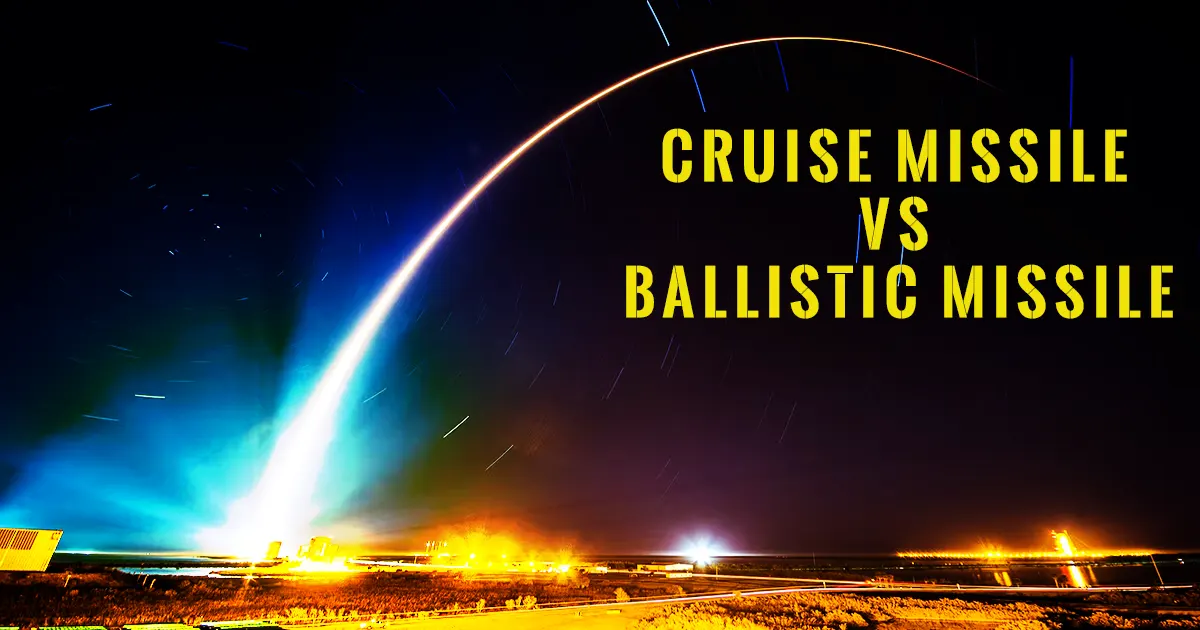GS3: TECHNOLOGY

| Feature | Cruise Missile | Ballistic Missile |
| Trajectory | Follows a low-altitude, almost horizontal flight path. | Follows a parabolic trajectory, exiting and re-entering the atmosphere. |
| Propulsion | Powered throughout the flight. | Powered during the initial boost phase only. |
| Speed | Generally subsonic or supersonic. | Hypersonic during re-entry. |
| Maneuverability | High maneuverability; can adjust course mid-flight. | Limited maneuverability post-launch. |
| Range | Typically short to medium range. | Can have ranges from short to intercontinental (ICBM). |
| Accuracy | Extremely precise; can strike specific targets. | Less precise but suitable for large-scale destruction. |
| Payload Type | Conventional or nuclear warheads. | Conventional or nuclear warheads. |
| Detection and Defense | Difficult to detect due to low altitude and terrain masking. | Easier to detect due to high-altitude flight path. |
| Use Case | Tactical strikes on specific targets (e.g., bunkers). | Strategic strikes, often for deterrence or mass impact. |
| Examples | BrahMos, Tomahawk, Nirbhay. | Agni series, Minuteman III, Trident. |

Key Differences
- Flight Path: Cruise missiles maintain a low-altitude trajectory, making them harder to detect. Ballistic missiles, on the other hand, travel at high altitudes and re-enter the atmosphere at tremendous speeds.
- Purpose: Cruise missiles are typically used for precision strikes, whereas ballistic missiles are designed for delivering payloads over long distances, often with massive destructive potential.
- Defense Systems: Cruise missiles are harder to intercept due to their agility, while ballistic missiles require advanced systems like anti-ballistic missile shields.




